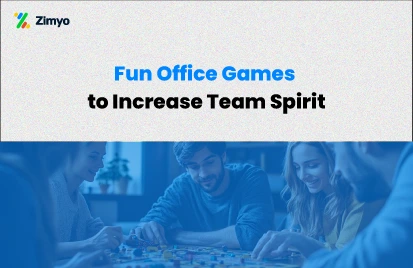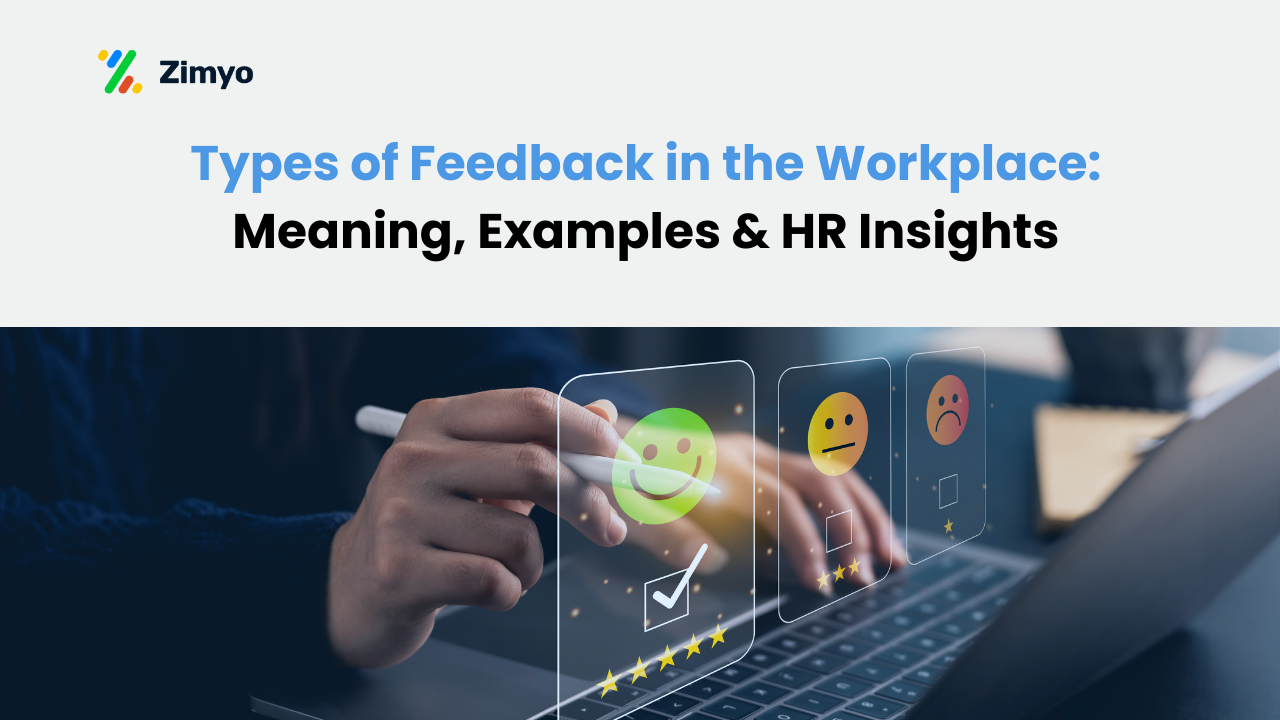It is no secret that the Covid-19 pandemic has changed and challenged the state of affairs of nations throughout the world over the last year. In such trying times, as the national leaders struggled to keep their economies safe in the global market, the population suffered in the situation.
Similarly, many businesses also faced this dual distress over the past year. According to a McKinsey survey, more than 90% of executives said that they expect the pandemic to fundamentally change how they do business over the next five years, yet few felt equipped to face those challenges.
The adverse financial effects of the pandemic have induced over 77% of businesses cutting or planning to cut paid working hours, stimulated employees to take unpaid leaves (37%), and reduced employee salaries (50%) to “handle” the financial factor.
Yet, away from these adversities, there are also businesses that diverted the situation in the best interests. The leaders who handled the pandemic best were those who took charge to rapidly and consciously move from the crisis mode to the growth mode. This persuaded outcomes where – none of their business-related changes were a result of Covid-19 (60%), workspace costs were strategically cut down by opting to work remotely (51%), and travel budgets were saved by using video conferencing (64%).
All learnings from different leadership dynamics suggest that – The pandemic was and is a harsh check of our leaders’ capabilities and not otherwise.
And just like our national leaders, the corporate leaders also invited some of the best lessons from the pandemic. Here are the 5 most important leadership lessons that are likely to persist beyond the pandemic.
Employee Trust Can Make All the Difference
One policy that pandemic has influenced most leaders to implement is to treat employees as humans first and workers next. As part of a negativity-induced environment where the biggest source of positivity is believing in one’s community, trust becomes an important factor for driving any course of action.
The companies that handled the entire pandemic and remote work situations best were those who started the new session by assuming underlying employee trust.
According to a study by Harvard Business Review, people at high-trust companies report 74% less stress, 106% more energy at work, 50% higher productivity, 13% fewer sick days, 76% more engagement, 29% more satisfaction with their lives, and up to 40% less burnout.
Treating employees as their own people and part-managers can help in creating a healthy employee experience within your teams and throughout all verticals.
Contrary to the belief, as a leader, your role is not to know all answers, but to utilise all resources at your disposal to find one. This could be achieved by taking the smallest of steps to discover the best employee trust-building practices.
Some of the simplest measures that can help in demonstrating a sense of trust among the workforce are
- Conducting weekly thought exchange meetings to let the employees take charge and express or suggest “ways to respond” to a situation as a firm.
- Respecting your employee’ personal commitments such as children and other dependants. Companies like Verizon not only respected the growing crisis of the disrupted childcare services during the pandemic but treated it as a personal problem for their employees. Their reimbursement initiative for backup daycare programs and caregiver leaves is what made them one of Gallup’s 2021 Exceptional Workplace Award Winners.
- Giving and receiving regular feedback on both individual and team levels.
Employee Wellness Remains a Top Priority
As humans, we are emotional creatures who are directed by empathy. Thus the more an employer encourages their employees’ well-being, the better response they will receive.
Almost 80% of respondents to Deloitte’s Global Human Capital Trends survey identified well-being as an important or very important priority for their organisation’s success, making it the top-ranked trend for importance.
However, despite it being a top priority, many organisations tend to lose the opportunity of involving wellness into their workflow. This practice must be avoided at all costs, especially today. Employees look forward to and expect attentive leaders who care for their wellness and abide by the family motto that they represent at the organisation.
The best way to integrate employee wellness into a workplace is to introduce efforts of individual self-care at the organisational level. This could mean reducing work weekdays, limiting the timeframe of meetings, having lesser people on calls for better attention, and introducing wellness activities.
The biggest market players such as Microsoft Japan are an example of one such organisation experimenting with the reduced workweek – from 5 days to 4, and limited meeting timeframe- 30 minutes and 5 people at a time.
Another major step that businesses can take to improve wellness in their work environment is deploying Covid task forces. These forces could comprise of partners and heads of key departments that constantly monitor and suggest actions on evolving aspects of “support to employees” impacted by Covid-19.
Robust Communication is Key
The most crucial driver of employee engagement in remote work is clear and transparent communication. Since uncertainty and anxiety are now an inevitable part of our lives, doubling or in fact tripling the engagement frequency among all employees, staff, and stakeholders has become an absolute necessity. The best way to do so is by setting a “coaching” dynamic.
Managers and HRs are more often than not considered the problem-solvers in a business. Thus, “communicating” regularly and “solving the problems” instead of just giving orders is the need of the hour.
Best coaches or managers –
- Know what their employees are good at – knowledge of their strengths.
- Know what the employees are working on- constant connection, and
- Know how their employees are feeling- a balanced relationship
Some of the best ways to encourage effective coaching, communication, and navigation of the evolving situation are-
- Managers taking steps to promote all forms of transparency by being honest, showing vulnerability, giving frequent feedback, and communicating about expectations.
- Fostering peer-to-peer interaction. Many employees who are parents must share similar concerns when it comes to balancing work and personal life. Therefore, setting interactive sessions for them can show you care for them beyond productivity.
Clarity Matters- Don’t Avoid the Important Questions
As per the organisational hierarchies, employees expect to gain clarity on all kinds of decisions to be taken and given from their respective leaders- managers. However, in an uncertain environment that calls for atypical measures, even leaders are left behind not knowing the ultimate nature or timing of the actions to be taken.
According to Herminia Ibarra and Anne Scoular, companies realise that managers can’t be expected to have all the answers and command-and-control leadership is no longer viable in the face of rapid, disruptive change.
In situations where the absolute answer is unclear, although leaders are not “expected” to know all the answers, they can not afford to avoid answering them either. Since clarity on some aspects directly affects the employees and their future, their avoidance can ultimately lead to building both organisational and personal anxieties. One of the best ways to handle these conclusive questions is by being clear about the decision sequence and definite triggers that dictate the simultaneous course of actions.
For instance, when Kaushika Madhavan (Managing Partner and Country Head, Kearney India) was faced with the question of whether the massive economic contraction would lead to headcount action, this is how he sequenced his answer into triggers,
- He first highlighted that the initial pass would be on leave balance,
- Later on, bonus reduction or sacrifice,
- Then the salary hike deferral would be considered followed by
- A salary sacrifice (starting top-down), and eventually
- Only if all of these measures were insufficient to handle the situation, the capacity actions will be taken.
This last year has been a harsh new reality, and it continues to be today. Even so, the ones who treated the pandemic as a unique opportunity, born out of necessity, leveraged a chance to innovate and build on top of it. The lessons learnt in this journey will be key in devising future strategies that are sustainable and effective.
Also Read: Corporate v/s Corona: Why Future is Remote!






